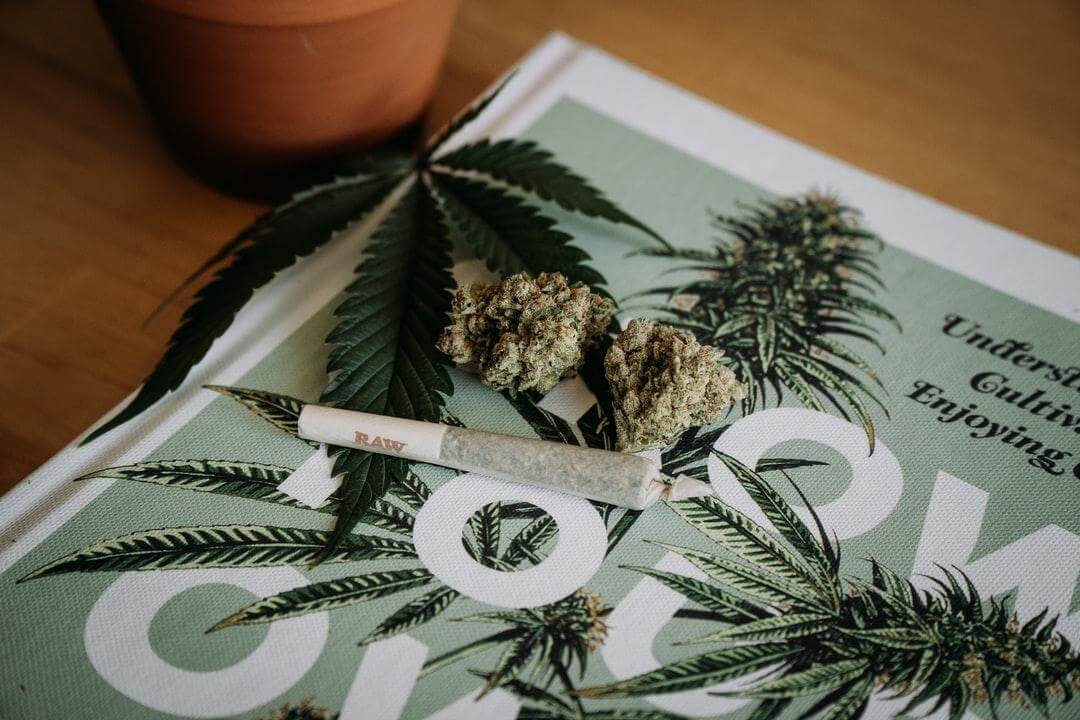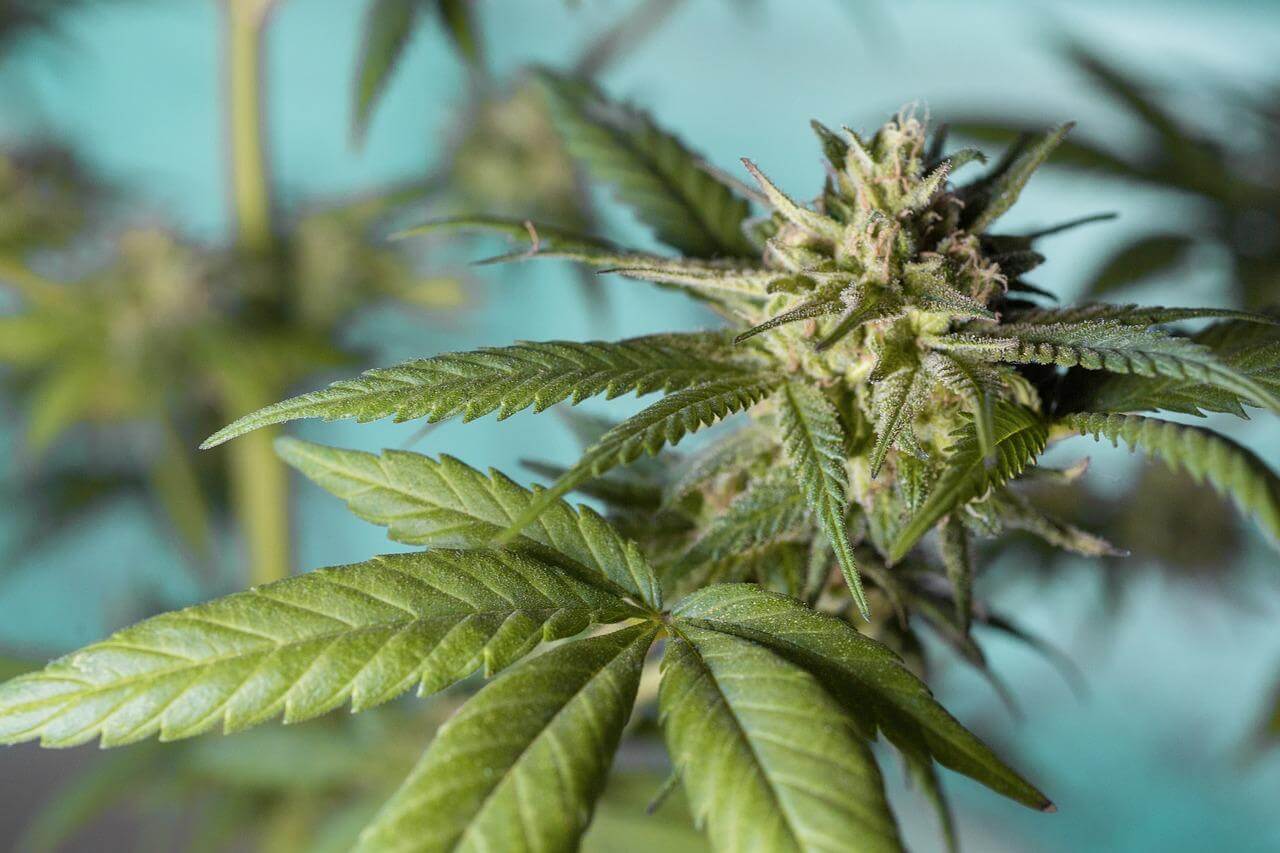The recent cases of lung illnesses linked to counterfeit products in the cannabis industry shed light on the issue of fake and inferior products which affects almost every consumer product industry. In fact, the total value of counterfeit products globally is expected to reach $1.8 trillion by 2020 according to the 2018 Global Brand Counterfeiting Report, driven in part by more convincing fake products.
In the cannabis industry, where the black market is still alive and thriving, we need to be particularly vigilant against counterfeit products. As we saw with the recent vaping cases, the stakes are extremely high when it comes to counterfeit cannabis products. The health and safety of consumers is of course the most urgent concern. Secondly, the impact of counterfeit goods can lead to long-lasting damages to established brands in legal markets. Finally, this issue negatively affects brand trust which ultimately reduces brand equity. For those brands looking for financial investment or a buyer, this is potentially the most important metric.
In addition to affecting sales, this issue can threaten brand reputation since consumers will equate their brand with the possibility of buying a counterfeit. Red Points’ research has shown that, when made aware of widespread counterfeiting of a brand, most consumers will see that brand as less desirable. The actions of counterfeiters can also damage a brand’s value in the eyes of distributors and other partners. The actions of criminals can void exclusivity deals and can leave legitimate businesses on both sides of an agreement dissatisfied. Finally, brands must pull resources away from important projects and growth, and distribute them into efforts of fighting counterfeiters.
As we watched the vaping issue play out in the media, we asked ourselves – how can the brands we work with better protect themselves against the possibility of counterfeits sold as the original?
Here are three effective and precautionary steps cannabis companies can take to ensure their product is not easily counterfeited:
Packaging:
As the cannabis industry evolves and looks for anti-counterfeiting measures, incorporating security solutions in product packaging will become increasingly important. In fact, Allied Market Research (AMR) reports that the global market for anti-counterfeiting packaging is expected to reach $142.7 billion by 2020 for all end-user markets, including pharmaceuticals, food and beverages. Unique packaging can help a brand stand out on the physical and digital shelves and make it more difficult to counterfeit. Custom packaging developed with state-of-the-art materials or shapes is harder to replicate. Packaging can also include other forms of authentication, such as bar codes or quick response (QR) codes, that help with both counterfeiting and consumer engagement. Cannabis companies should strongly consider QR codes, or something of similar functionality, that a consumer can scan to verify the manufacturer and ingredients.
Invest time and money in product design:
The complexity of your product’s design and hardware is a natural defense against counterfeits. The raw materials used in your product’s design can be the biggest barrier to entry for duplicates. While this won’t stop all the knockoffs, there’s sure to be clear difference in quality between a fake and a duplicate, which will raise concerns for consumers. For example, one of the companies we work with is Nuvata. Nuvata’s vaporizers are distinct in the marketplace and in terms of its sheer design, they are not easy to replicate. The hardware is also designed to be leak and clog resistant. Both these qualities would make it difficult and expensive for counterfeiters to mimic Nuvata’s pens.
And after you have invested in the design of a product, don’t forget the basics. Anytime that you create a proprietary product, follow through with due diligence to protect it. If you don’t have legal rights to a product, you can’t protect it.
Brand consistency:
A company’s logo, colors and packaging are good tools against counterfeiting. They are key attributes that consumers use in identifying brands and making purchasing decisions. Getting every detail right on logos; using custom colors and typography with hard to replicate elements; or unique packaging can help protect consumers from being duped. Placing high importance on color consistency across all branding, packaging and digital components can build brand equity and fight counterfeiting. Color inconsistencies in product or packaging are instant red flags to a buyer that the product might be old, damaged or fake. Color accuracy and consistency can be an extremely powerful tool when combined with other anti-counterfeit packaging solutions. To use Nuvata as an example again, their logo is made of six different colors and their packaging features a self-locking mechanism; interior inserts with information on the effects; a molded interior and the heft, weight, details and quality of packaging. To cite another example, last year when it became clear that someone was counterfeiting the Kingpen brand, Loudpack Farms spent $2.5 million on new packaging and hardware to distinguish it from the knockoffs. Companies should keep in mind that simple branding is easy to replicate but a complex design is too expensive for companies looking to produce fake products. Counterfeiters are in the business of finding easy and cheap ways to make quick money.











